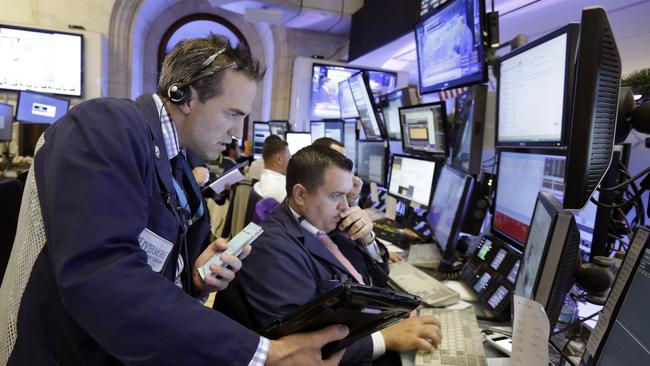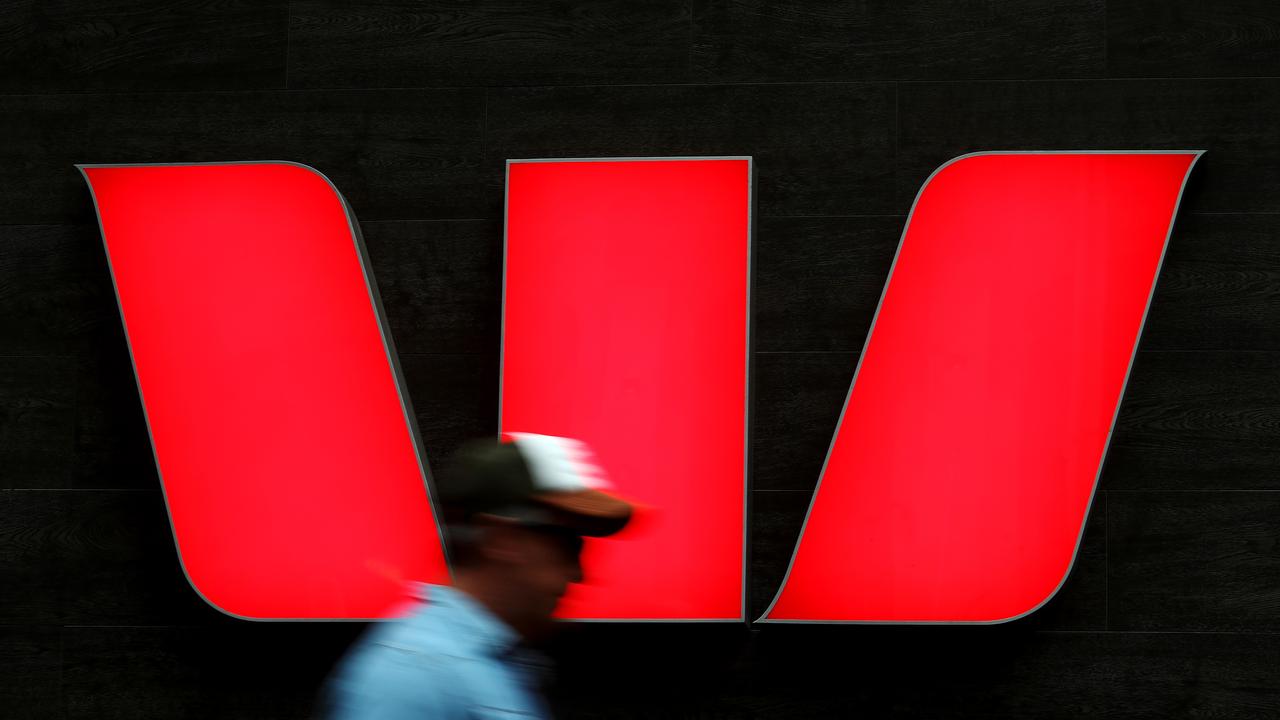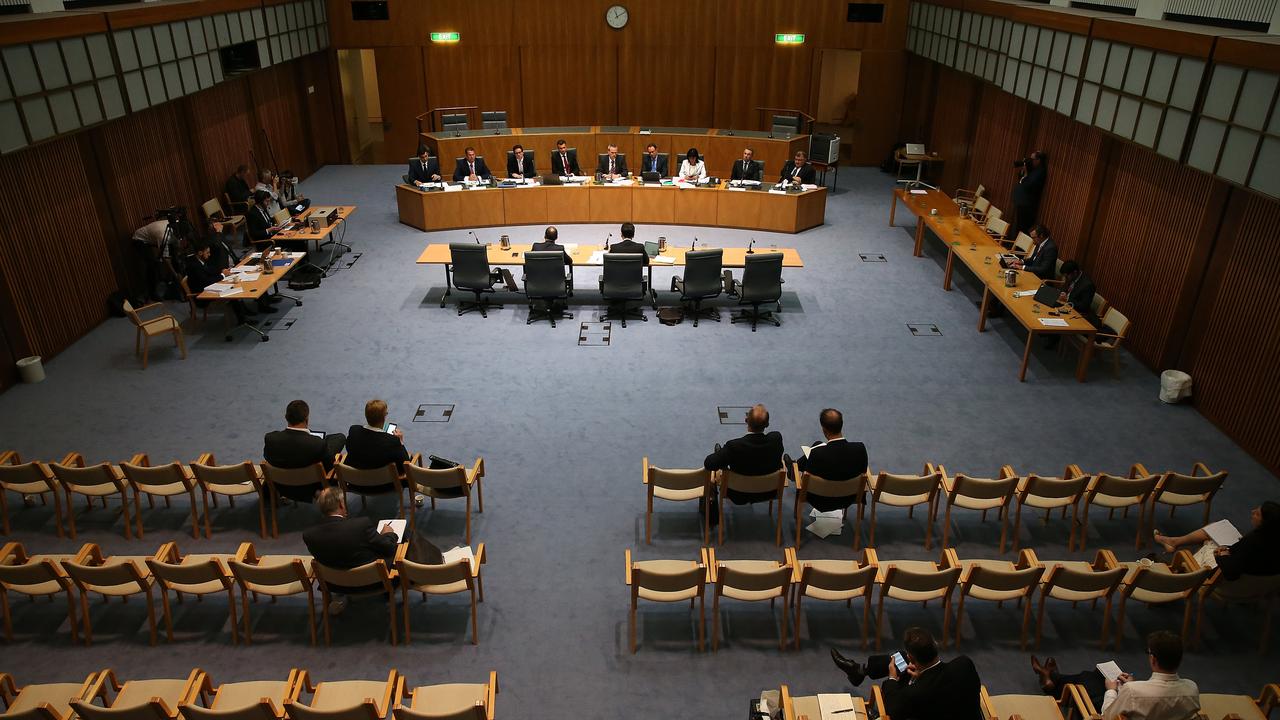Goldman sounds the alarm on US bonds
Although stocks have rebounded, investors need to remain alert to worrying bond market developments.

The first, and most widely publicised, came from Federal Reserve Governor Lael Brainard who advocated continued prudence in tightening monetary policy, even though the economy is making gradual progress toward achieving the central bank’s goals.
“The case to tighten policy pre-emptively is less compelling” in an environment where declining unemployment has been slow to spur faster inflation, Brainard said.
The Brainard statement increased the odds of there being no Federal Reserve-imposed rate increase in September, so Wall Street shares, after being down in early trade, surged.
But shares are the froth and bubble of the American market. The engine room is the bond market where institutional traders — using other people’s money — have been gambling hundreds of billions of dollars on a continuation of lower bond yields.
And it was in the bond market where the second statement had its impact.
Goldman Sachs, one of the world’s largest bond traders, put out a special bulletin listing three reasons why the US bond rout was going to get worse.
The Goldman statement followed the lines my commentary yesterday signalling that the starter’s gun is now cocked to begin a very different set of scenarios for investing in Australia and around the world.
Those scenarios involved higher US and European interest rates via bond yields (End of low-rate gymnastics spooks markets despite economic growth, September 12)
What drove my commentary was the fact that 10-year US bond yields jumped to 1.67 per cent on Friday — they had been as low as 1.46 per cent a few weeks earlier.
Falling bond prices could trigger major losses due to the enormous investment in bonds during 2016 which depressed yields.
Goldman last night confidently predicted that the bond yield would reach 2 per cent by the beginning of 2017.
If they are right, the losses incurred by big institutions, including large banks, will be sickening.
Goldman has been warning the market that bond yields were too low but for a while its warnings have gone unheeded.
However, last night, the bond markets listened and, while shares were rising on hopes that the Federal Reserve would not raise official rates later this month, US bond prices recovered none of their losses from last week and the 10-year yield stayed at 1.67 per cent.
Goldman listed three reasons why bond prices are likely to continue to fall as yields rise:
- Economic activity in advanced economies like Europe and the US will pick up and headline inflation will be boosted by higher energy prices;
- Quantitative easing is losing its influence and therefore central bank bond buying is set to be wound back;
- Government spending may become a greater driver of the economies.
But if US 10-year bond yields rise to 2 per cent it will put great pressure on the US (and Australian) share markets as high-yielding stocks globally are rerated to adjust for higher US interest rates.
The Australian stocks that borrow heavily offshore will be among the most vulnerable.
In addition, the bond losses among the institutions will be severe and that may affect all security markets.
In that context, yesterday I was listening to Kweku Adoboli, the ex-UBS trader jailed 2012 for running up $US2.3billion in UBS trading losses explaining that it could happen again because the low interest rate environment meant that today’s traders were taking greater risks in an attempt to generate the same profits.
And there is no doubt that he is right. Big bank traders who have lost heavily following the latest fall in bond prices will be tempted to double their bets to try and recover their losses and, if they make the wrong call, they could blow out even further.
The boards of Australian banks that rely on trading profits need to be extra vigilant given the warnings of Goldman.
Hear from Alan Kohler, Robert Gottliebsen, Stephen Bartholomeusz & John Durie at a special member Q&A. Find out more or book tickets here.







In a night of high drama on Wall Street, there were actually two statements that sent the traders into a frenzy.